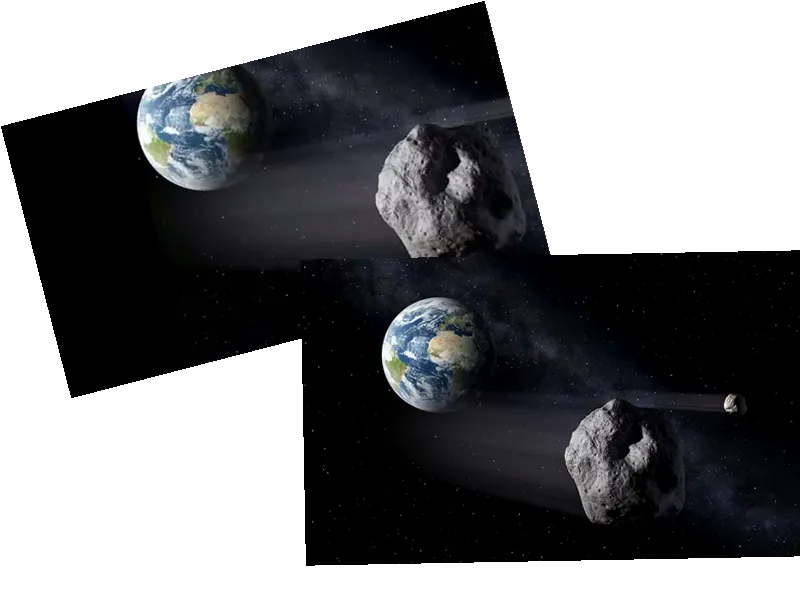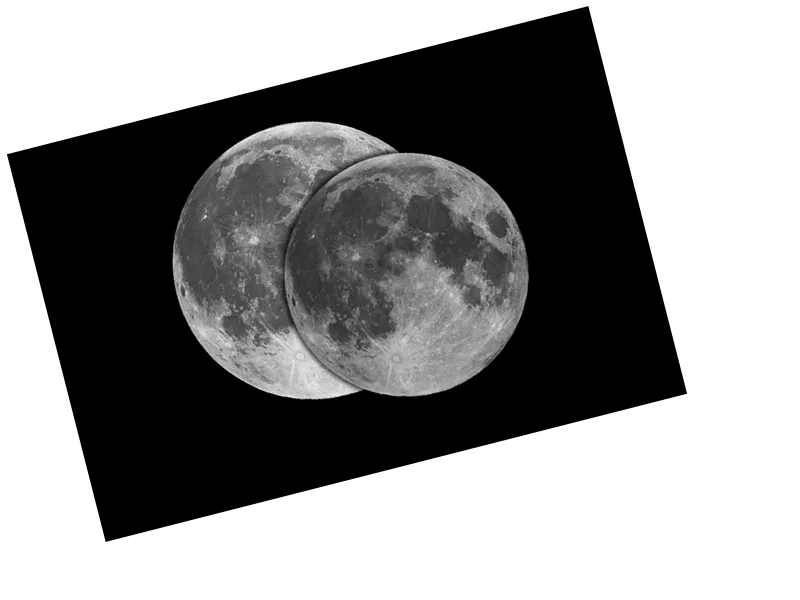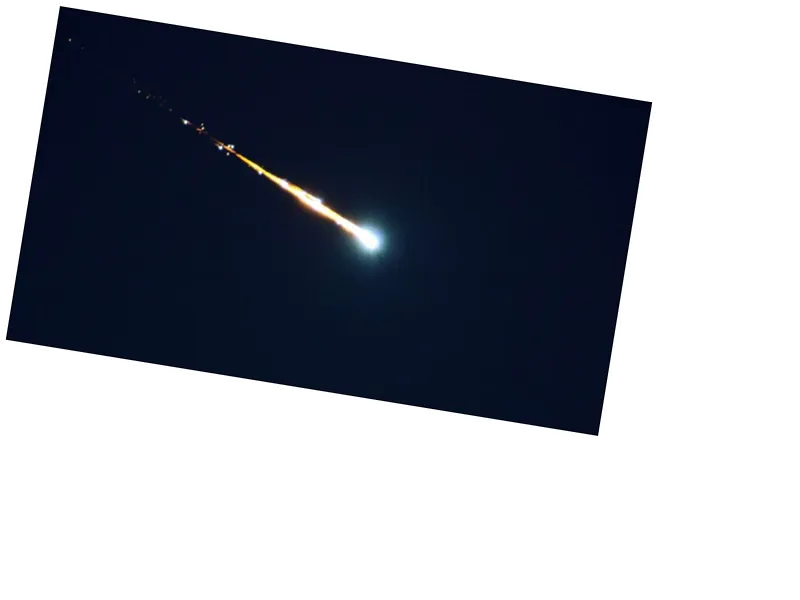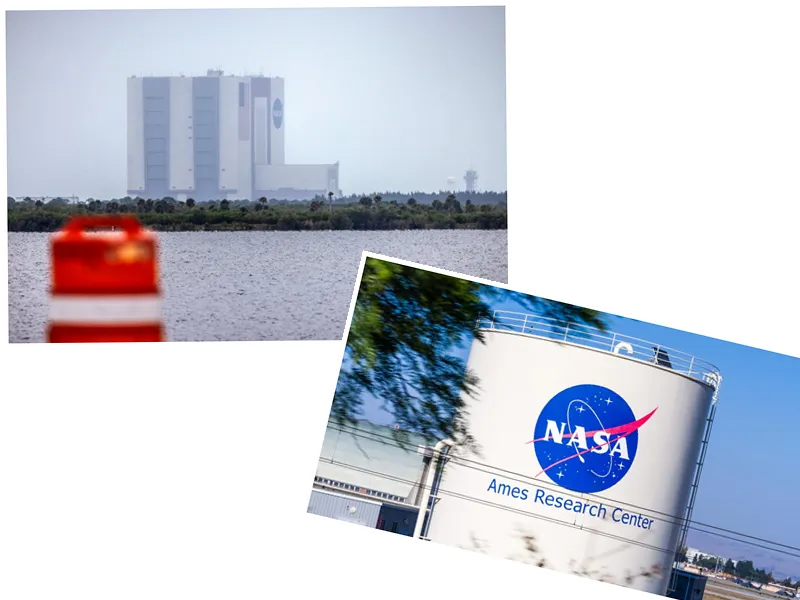Asteroid 2011 UL21, a massive Apollo asteroid with an estimated diameter between 2.3 to 2.5 kilometers, is making a close approach to Earth on June 27. Despite its size, which classifies it as a potentially hazardous asteroid (PHA), it poses no threat to our planet. The asteroid will pass at a safe distance of 6.6 million kilometers, approximately 17 times the distance between the Earth and the Moon.
Richard Moissl, head of ESA's asteroid defense, emphasized that while 2011 UL21 is larger than 99% of all known near-Earth objects, its highly inclined orbit and safe distance make it an object of interest rather than concern. The asteroid will be traveling at an astonishing speed of 93,000 kilometers per hour and will reach its closest approach at 10:14 p.m. CEST.
The Virtual Telescope Project will stream the event live starting at 10 p.m., providing a unique opportunity for enthusiasts and scientists alike to observe this celestial giant. Gianluca Masi, scientific director of the Virtual Telescope Project, explained that only the largest asteroids that approach our planet closely are labeled as PHAs, warranting better monitoring despite the low risk of impact.
Asteroid 2011 UL21's flyby is notable not just for its size but also for its historical significance. It is among the ten largest asteroids to have come within 7.5 million kilometers of Earth since 1900. Asteroids of this magnitude are often referred to as 'planet killers' due to the catastrophic impact they could have if they collided with Earth. However, NASA assures that such impacts occur approximately every 500,000 years.
Shortly after the approach of 2011 UL21, another asteroid, 2024 MK, will pass by Earth on June 29. Discovered recently on June 16, 2024, this smaller asteroid, with a diameter between 120 and 260 meters, will come much closer to Earth at a distance of 290,000 kilometers, less than the distance between the Earth and the Moon.
Both events are timely as they precede International Asteroid Day on June 30, a day proclaimed by the UN to raise awareness about asteroids and the importance of monitoring them. The passage of these asteroids provides a unique opportunity for observation and study, highlighting the ongoing efforts of space agencies to track and understand near-Earth objects.
- For those interested in observing asteroid 2011 UL21, a telescope with an aperture of at least 4 inches (approximately 10 cm) is recommended. The asteroid will be visible from the southern hemisphere before it becomes observable in the northern hemisphere on the evening of June 27. It will pass through the constellations Hydra, Virgo, Libra, and Serpent, and will be visible with amateur telescopes for the entire first week of July.
- Asteroid 2024 MK, though significantly smaller, will also be an interesting object to observe. It will shine in the constellation of Pegasus moving towards Andromeda and will be visible with small telescopes starting on the night between June 29 and 30. This asteroid's passage is particularly noteworthy as it comes just a few hours before International Asteroid Day, making it a fitting prelude to the celebrations.
- The story of asteroid 2011 UL21 is also intriguing. Initially discovered by the Catalina Sky Survey in 2011, it was once considered a potential threat with a one in a million chance of hitting Earth in 2029. However, further observations reduced this probability significantly, and it was eventually removed from the list of possible impacts. In 2029, it will pass at a much greater distance of 240 million kilometers from Earth.
- Another notable asteroid, 'Apophis,' named after the ancient Egyptian god of chaos, will come close to Earth in April 2029. While it will pass closer than many satellites, it is not considered dangerous and will provide scientists with a valuable opportunity to study an asteroid up close.






